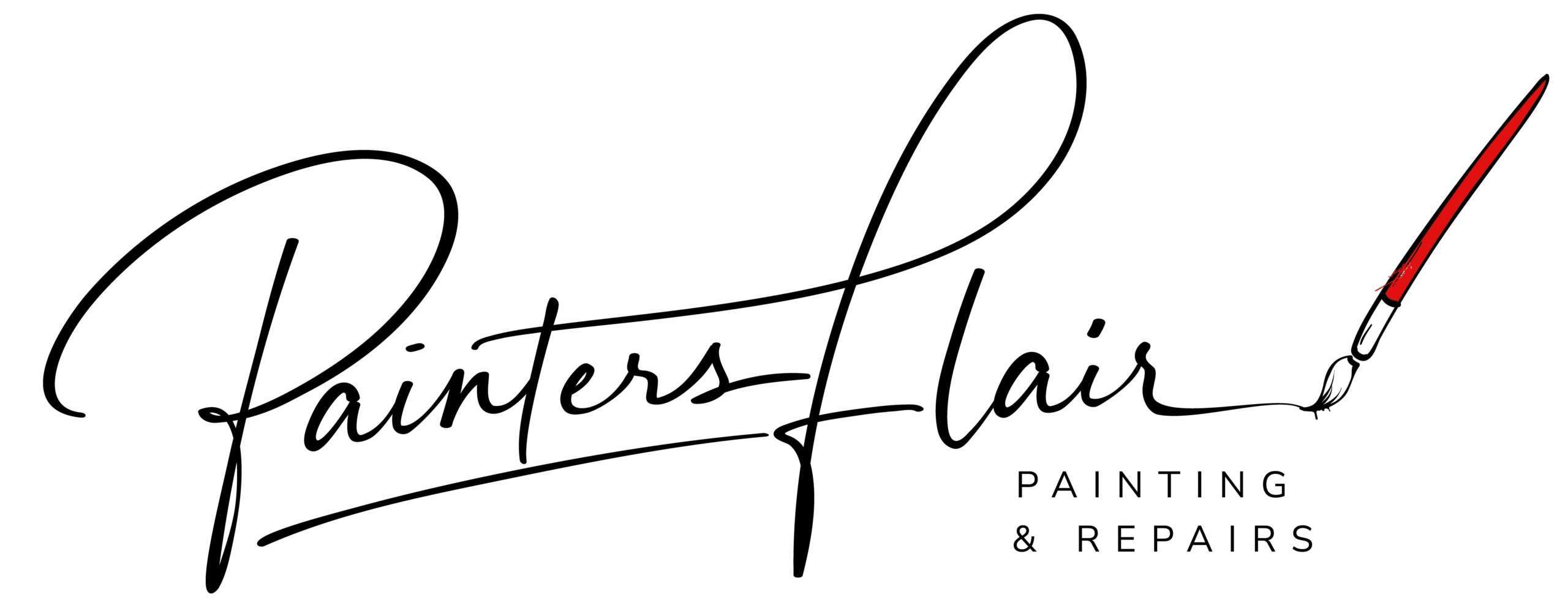 Exterior painting is an essential aspect of maintaining the aesthetic appeal and structural integrity of a home. A fresh coat of paint not only enhances the curb appeal but also protects the exterior surfaces from the elements. However, achieving a flawless and long-lasting paint job requires proper techniques, thorough preplanning, and effective communication between the homeowner and the painting contractor. In this article, we will explore the best exterior painting techniques, what homeowners desire in a paint job, the significance of communication during the painting process, and the importance of preplanning the project.
Exterior painting is an essential aspect of maintaining the aesthetic appeal and structural integrity of a home. A fresh coat of paint not only enhances the curb appeal but also protects the exterior surfaces from the elements. However, achieving a flawless and long-lasting paint job requires proper techniques, thorough preplanning, and effective communication between the homeowner and the painting contractor. In this article, we will explore the best exterior painting techniques, what homeowners desire in a paint job, the significance of communication during the painting process, and the importance of preplanning the project.
Understanding Homeowner Preferences
When it comes to an exterior painting company, homeowners have specific preferences and expectations for the end result. The following are some key aspects that homeowners typically desire in a paint job:
- Lasting Durability: Homeowners want a paint job that stands the test of time, resisting weathering, fading, and peeling.
- Enhanced Curb Appeal: A fresh coat of paint should uplift the overall appearance of the home, reflecting the owner’s style and personality.
- Color Consistency: Consistent and uniform color application across all exterior surfaces is crucial for a professional finish.
- Attention to Detail: Homeowners value meticulous attention to detail, including clean lines, smooth finishes, and neatly painted trims.
The Importance of Quality Communication
Effective communication between homeowners and painting contractors is vital for a successful exterior painting project. Also, clear and open dialogue ensures that both parties are aligned on the project’s objectives, timeline, and specific requirements. Additionally, it allows the homeowner to express their preferences and concerns while enabling the contractor to provide valuable insights and recommendations. Here are key reasons why communication matters:
- Understanding Expectations: Discussing color choices, finish options, and desired outcomes helps the contractor understand the homeowner’s vision.
- Addressing Concerns: Open communication allows homeowners to raise any concerns or specific areas of focus, such as surface preparation and repairs.
- Project Updates: Regular updates from the contractor keep homeowners informed about the project’s progress and any potential deviations from the initial plan.
By maintaining transparent communication, homeowners can feel confident in the painting process and be assured that their expectations are being met.
The Significance of Preplanning
Preplanning is a crucial step that sets the foundation for a successful exterior painting project. What’s more, it involves a comprehensive assessment of the property, strategic planning, and addressing potential challenges before the actual painting begins. Here’s why preplanning is essential:
- Surface Evaluation: Thoroughly inspecting the exterior surfaces helps in identifying areas that require repairs, priming, or specialized treatments.
- Weather Considerations: Planning the project timeline around favorable weather conditions ensures optimal paint adhesion and drying.
- Material and Product Selection: Preplanning involves choosing the right paint type, quality, and color options based on the property’s architectural style and environmental factors.
By addressing these aspects during preplanning, the painting contractor can mitigate potential issues and deliver a seamless painting experience for the homeowner.
Conclusion
Mastering the best exterior painting techniques involves realizing the importance of understanding homeowner preferences, maintaining quality communication throughout the process, and engaging in thorough preplanning. By prioritizing these aspects, both homeowners and painting contractors can collaborate effectively to achieve a visually captivating and durable paint job that enhances the home’s exterior appeal for years to come.
